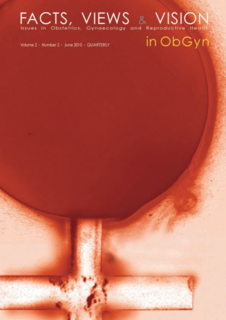Trends of Infertility and Childlessness in India: Findings from nFHS Data
Primary Infertility, Childlessness, Currently Married Women, National Family Health Survey, India
Published online: Jul 29 2010
Abstract
Etiology of infertility varies from region to region and from one population to another and even from one locality to another within the same population. Childlessness has serious demographic, social and health implications. Hence an attempt has been made to get some approximation about levels and patterns of infertility and childlessness in India by using National Family Health Survey-2 (1998-1999) and National Family Health Survey-3 (2005-2006) data. The study population consists of women aged 20-49 years married for ≥ 5 years. Age of women, age at first marriage, place of residence, standard of living, working status of women, and region are some of the variables related with the rate of infertility and childlessness. Infertility rate is high among women in urban areas. This may be due to lifestyle or a later age at first marriage. Considering religion, Muslims show the lowest infertility rate. Scheduled tribes have high infertility rate. With increasing levels of educational attainment among women, infertility rate increases. This can be related to the fact that with aspirations for attaining higher educational level, marriage is delayed as a result of which in confirmation with aforementioned causation factors (higher age at marriage, urban living style etc.), infertility rate is high among this sub group of population.



